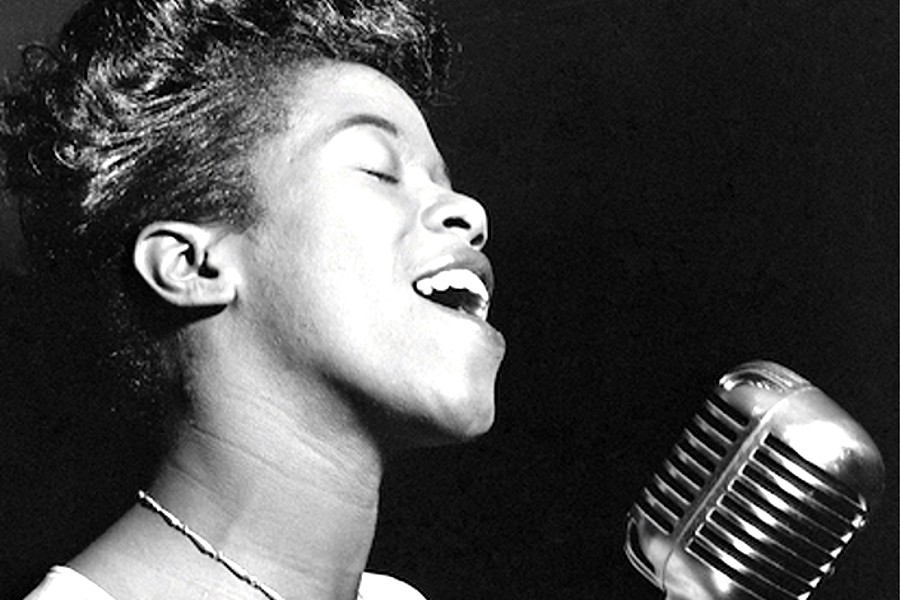
Museums are a vital part of our culture, and they should be accessible to everyone.
Unfortunately, many museums are not accessible to people with disabilities. This is changing thanks to initiatives like audio description, which provides information about the exhibit through a voice-over. However, there is still much work to be done in order to make museums fully accessible.
In this article, we will discuss some of the challenges that museums face when it comes to accessibility and what can be done to overcome them.
What is Accessibility in Museums?
The first step in making museums accessible is understanding what accessibility means. According to the American Alliance of Museums, “accessibility is the degree to which an environment – physical, programmatic, informational, or attitudinal – supports independence and full participation by people with disabilities.” This definition includes a wide range of disabilities, from those that are visible to those that are not.
Some of the most common barriers that people with disabilities face in museums are:
-Physical barriers, such as stairs or narrow doorways
-Lack of braille or audio descriptions
-Attitudes of staff and other visitors
These barriers can make it difficult or even impossible for people with disabilities to enjoy the museum. However, there are a number of ways to overcome these barriers.
Overcoming Barriers
One way to overcome the barriers that people with disabilities face in museums is through technology. There are a number of assistive technologies that can help people with disabilities access museum content. For example, audio description is a technology that can provide information about the exhibit through a voice-over. This is especially helpful for people who are blind or have low vision.
In addition to audio description, there are a number of other technologies that can help people with disabilities access museums. For example, the Museums Access Consortium has developed an app that provides turn-by-turn directions for people who are blind or have low vision. This app is currently being piloted at the Smithsonian Institution’s National Museum of American History.
Another way to overcome the barriers that people with disabilities face in museums is through training. Museum staff must be trained on how to best serve visitors with disabilities. In addition, it is important that all visitors are educated on the importance of inclusion and accessibility.
Why is Museums Accessibility Important?
Museum accessibility is important for a number of reasons. First, it ensures that everyone has an opportunity to enjoy and appreciate the collections and exhibits on display. Second, it promotes inclusivity and diversity by making museums more welcoming to people of all abilities.
Finally, it helps to ensure that museums can be enjoyed by future generations by making them more accessible to people with disabilities. When it comes to art and culture, everyone should have a seat at the table.
By making small changes to improve accessibility, museums can have a big impact on the lives of many people.
What Can You Do to Help?
There are a number of ways that you can help make museums more accessible. One way is to advocate for change. You can contact your local representatives and let them know that you believe museums should be more accessible.
Another way to help is by donating to or volunteering with organizations that are working to make museums more accessible. One such organization is the Museum Access Consortium. The Museum Access Consortium is a 501(c)(three) nonprofit organization that is working to make museums more accessible for people with disabilities.
You can also help by spreading the word about the importance of accessibility in museums. Talk to your friends and family about why accessibility is important. You can also share this blog post or other resources about museum accessibility with your social network.
Famous Museums That Embrace Accessibility Are
-The Smithsonian Institution’s National Museum of American History
-The Metropolitan Museum of Art
– The British Museum
– The Louvre
– The Vatican Museums
These are only a few examples of the many museums around the world that are making strides to become more accessible and embracing technologies like audio descriptions that become more popular every day.
Conclusion
Museums are a vital part of our culture and history. They provide us with an opportunity to learn about other cultures, art, and history. However, people with disabilities often face barriers that prevent them from enjoying museums.
We all should embrace the technologies that allow us to experience museums in more accessible ways. We should also continue to advocate for change and support organizations that are working to make museums more inclusive for everyone.
Become a Harlem Insider!
By submitting this form, you are consenting to receive marketing emails from: Harlem World Magazine, 2521 1/2 west 42nd street, Los Angeles, CA, 90008, https://www.harlemworldmagazine.com. You can revoke your consent to receive emails at any time by using the SafeUnsubscribe® link, found at the bottom of every email. Emails are serviced by Constant Contact








